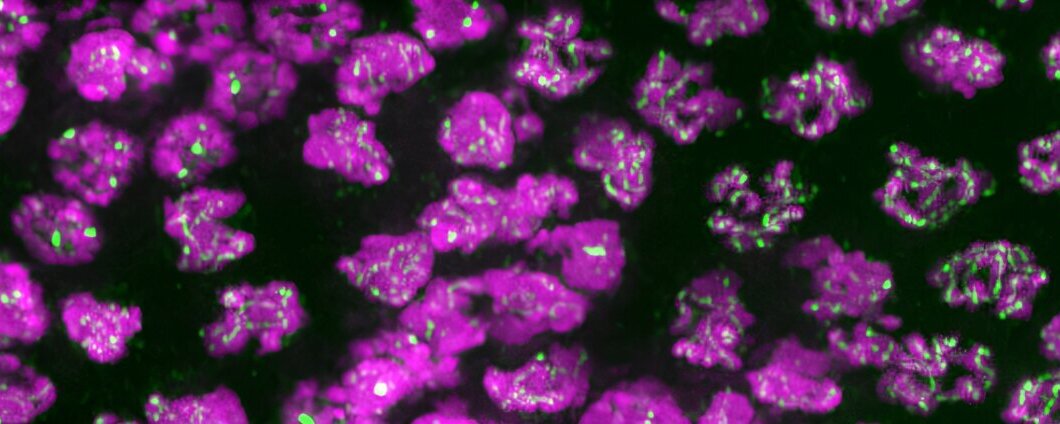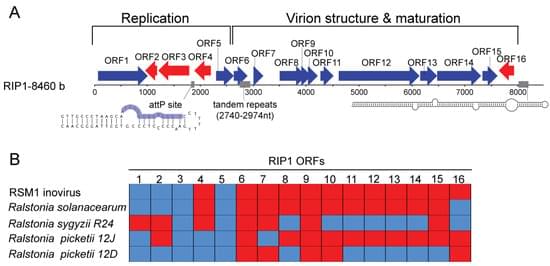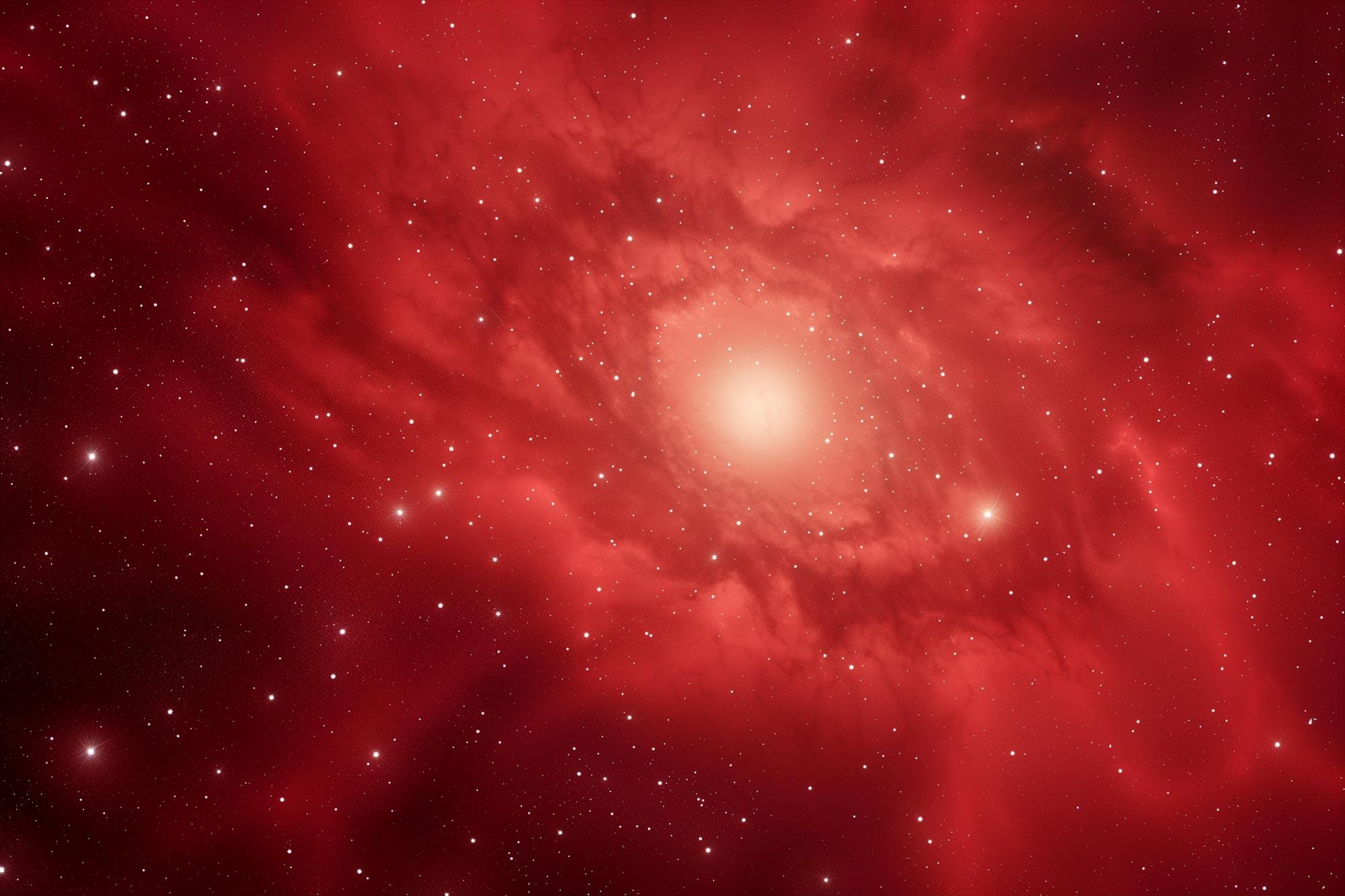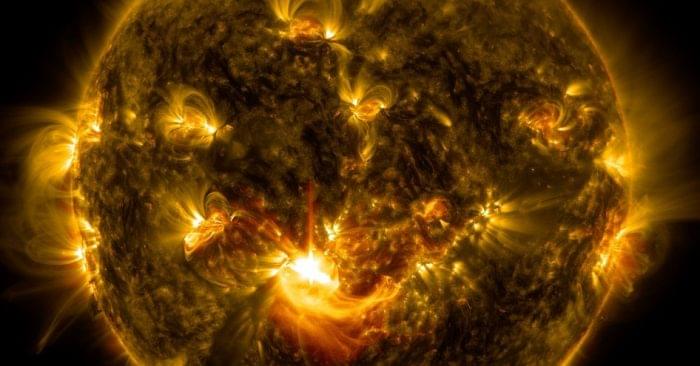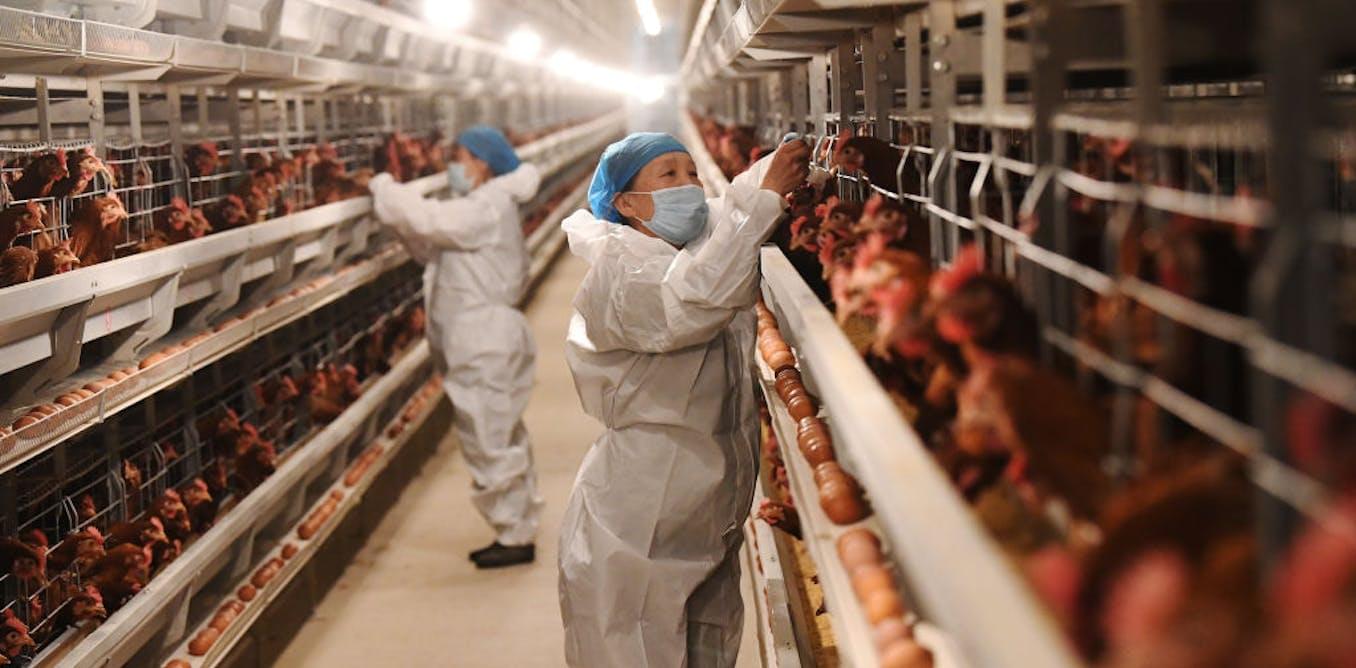The biological research of UC Santa Cruz’s Needhi Bhalla to determine the molecular motions at the heart of heredity has yielded a new discovery: The proper transfer of genetic materials depends on two key proteins that choreograph the delicate dance between chromosomes when sexual-reproduction cells divide.
When cells split to create eggs and sperm, they must undergo a crucial process called “meiotic crossover recombination.” This mechanism ensures that genetic material is properly shuffled between chromosomes, preventing errors that could lead to disorders such as miscarriages, infertility, birth defects, and even cancer.
This process also results in the endearing transfer of traits that parents see in their children. And beyond contributing to parental pride, Bhalla says meiotic crossover recombination is fundamental for human evolution by promoting genetic diversity. That’s why the identification of two specific proteins that play central roles in controlling how and where these crossovers happen is so significant.
